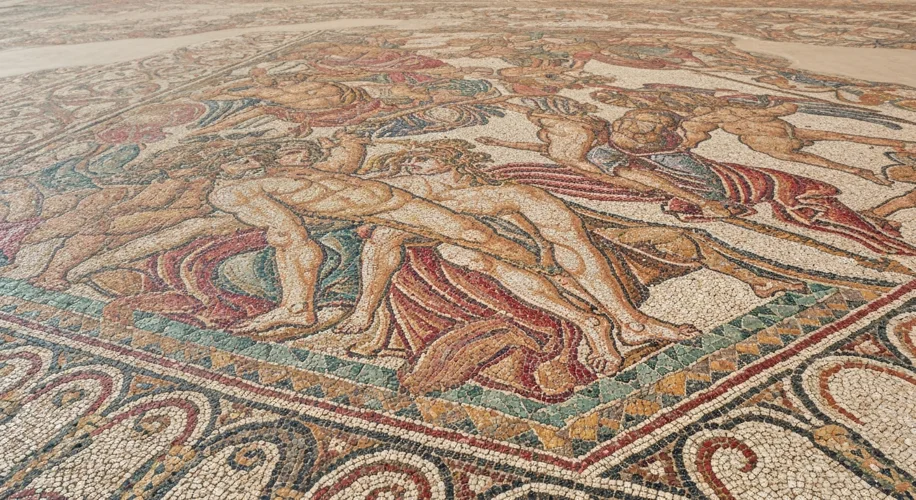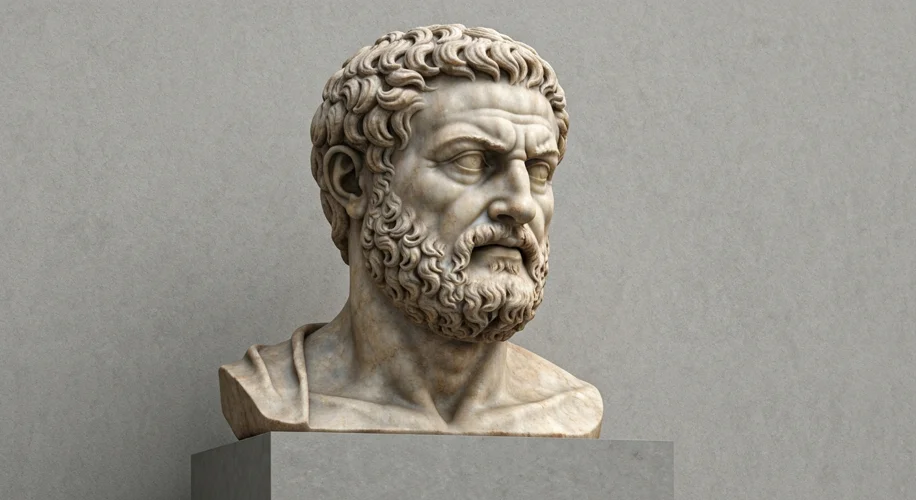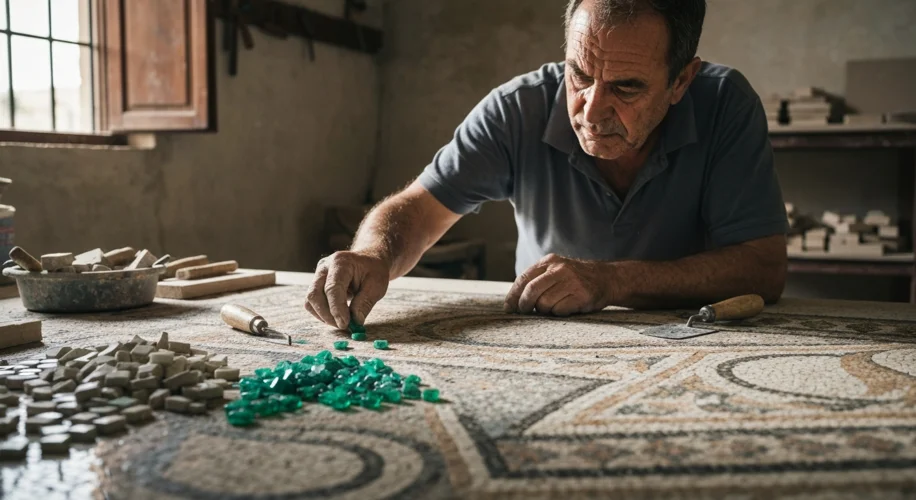Imagine standing in the heart of Rome, not amidst bustling modern streets, but under the shadow of towering temples and gleaming marble statues. The air thrums with the energy of a civilization at its zenith, a testament to the artistry and ingenuity that permeated every facet of Roman life. This was a world built not just with stone and mortar, but with meticulous skill, a deep understanding of materials, and an artistic philosophy that celebrated both grandeur and the subtle details of daily existence.
From the grandest aqueducts that crisscrossed the landscape, supplying water to burgeoning cities, to the intricate mosaics that adorned villa floors, the Romans were masters of their craft. Their engineering prowess is legendary, exemplified by structures like the Colosseum, not merely a stage for brutal entertainment, but a marvel of architectural planning and construction, capable of holding tens of thousands of spectators. The Pantheon, with its iconic dome and oculus, remains a testament to Roman concrete technology and a profound understanding of structural integrity, its perfect sphere still inspiring awe millennia later.

But Roman artistry extended far beyond monumental architecture. Look closer, and you’ll find a world of hidden details that speak volumes about their creators. Consider the mosaics. These were not just decorative patterns; they were vibrant narratives, painstakingly assembled from thousands of tiny cubes, or tesserae, made from colored stone, glass, and even shell. Imagine the Roman artisan, hunched over their work, selecting each piece with precision to capture the sheen of a god’s armor, the texture of a wild animal’s fur, or the delicate folds of a toga. The “Unswept Floor” mosaic from the Villa of Domitian in Rome, for instance, so realistically depicted scattered remnants of a meal that it creates the illusion of a room still in use, a playful trompe-l’oeil that would have delighted its wealthy owner.
Sculpture, too, was a cornerstone of Roman art. While heavily influenced by Greek ideals, Roman sculptors developed their own distinct style, particularly in portraiture. They weren’t afraid to depict the emperor, the senator, or the wealthy merchant with unflinching realism, capturing the lines of age, the stern gaze of authority, or the subtle hint of a smile. These weren’t idealized gods; they were individuals, their likenesses preserved for eternity. The emperor Augustus, for example, is often depicted in a youthful, heroic manner, yet subtle variations in the busts reveal an underlying attempt to convey his personality and gravitas.

Beyond the grand public works and the lifelike portraits, Roman artisans excelled in everyday objects. Pottery, glassware, and metalwork reveal a society that valued beauty and functionality. Delicate glass bowls, often decorated with intricate patterns or scenes, were produced using sophisticated blowing and molding techniques. Even humble cooking pots and serving dishes were often crafted with a degree of care and aesthetic consideration. The sheer volume and variety of Roman artifacts unearthed by archaeologists speak to a highly organized and skilled artisan class, whose work touched every level of society.
What drove this incredible output? It was a complex interplay of factors: a deep respect for tradition, a pragmatic embrace of new technologies, and a keen understanding of what appealed to their patrons. The Romans absorbed artistic influences from across their vast empire, from Greece and Egypt to the Eastern provinces, blending them into a distinctly Roman aesthetic. Their engineers and architects were not just builders; they were artists who understood the power of form, proportion, and material to convey a message of strength, order, and permanence.
The legacy of Roman artistry and craftsmanship is not confined to museums and archaeological sites. It lives on in the very foundations of Western art, architecture, and engineering. The next time you encounter a Roman ruin, or even a modern building inspired by classical design, take a moment to appreciate the hands that shaped it. Imagine the artisan, with chisel or brush in hand, leaving an indelible mark on history, a testament to the enduring power of human skill and creative vision.

